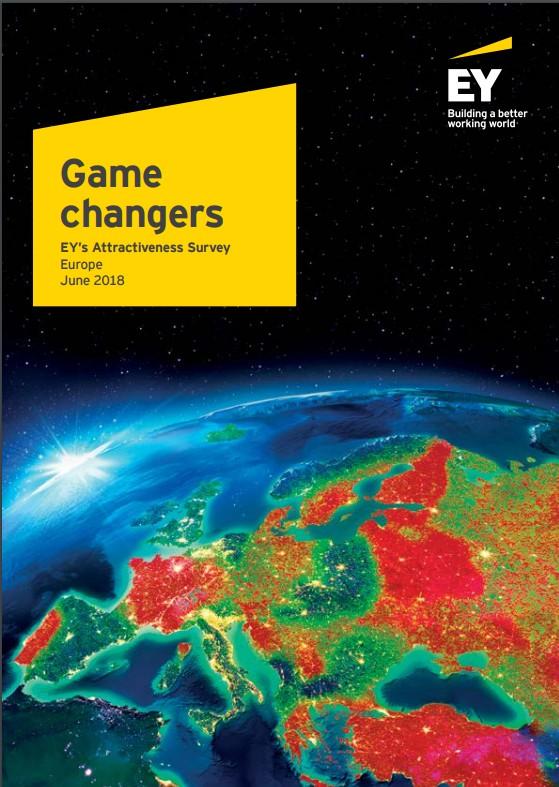
Foreign direct investment (FDI) is part of Europe’s economic lifeblood. In 2017, foreign investors made more than 6,500 decisions to invest in the 50 countries of greater Europe. They made plain their assessment of the region’s attractiveness by investing in plants, back-offices, headquarters, R&D centers and other assets across the continent.
Their decisions, become a cartography of confidence. They provide a demonstration of the forces deciding which cities, regions and countries will prosper — and which will stagnate.
Ernst & Young (EY) ’s Europe attractiveness survey has been tracking these investment decisions since 2000. This year it reveals an inflexion in the pace of FDI inflows, influenced by four powerful under-currents of change.
These are true game changers because sweeping in from different directions, they are remaking the European rulebook on cross-border investment.
First, geopolitical factors are gradually choking investment flows to some countries, redirecting them elsewhere. Nationalism, nativism and isolationism impact investment confidence and affect the way decisions are made.
Second, in Europe, the historic growth of inward investment to the long-standing league champion, the UK, has slowed because of Brexit; and, simultaneously, project outflows by British companies into other European countries have increased.
Third, talent shortages and technological changes are influencing investment decisions. For the past three decades, foreign investors have turned Central and Eastern Europe (CEE) into the continent’s workshop and back office. Now, tightening labor markets and surging wages are making it a suburb of Western Europe, and frontier investment is rolling east and south into the wider region.
Fourth, companies are coping with two competing international responses to the fallout from three decades of rapid globalization and the financial crisis.A coordinated international effort to end tax base erosion and profit shifting (BEPS) by multinational companies is altering incentives, making financial decisions even more complex and uncertain. Overlaid are national and regional tensions over trade, US tax reform and Europe’s drive to tax digital multinationals. Result: rethink.
And then there are the challenges of digitalization. Digital activities filter across frontiers as smoothly as digital content. Building Europe into a global tech giant needs a huge step change in education, skills, talent, entrepreneurship, capital markets and infrastructure.
In these days of transformative change, mindsets of corporate executives, advisors and public policymakers — the players, coaches and referees of this deadly serious economic league — are evolving fast.
This study, is published at a critical time for the future of Europe. It shows that there is everything to play for. But the winners — corporate and geographical — will be those who learn and understand the new rules, and apply them to best effect.
 EY-Attractiveness-Survey-Europe-June-2018-Game-changers.pdf
EY-Attractiveness-Survey-Europe-June-2018-Game-changers.pdf




 A single purchase
A single purchase









